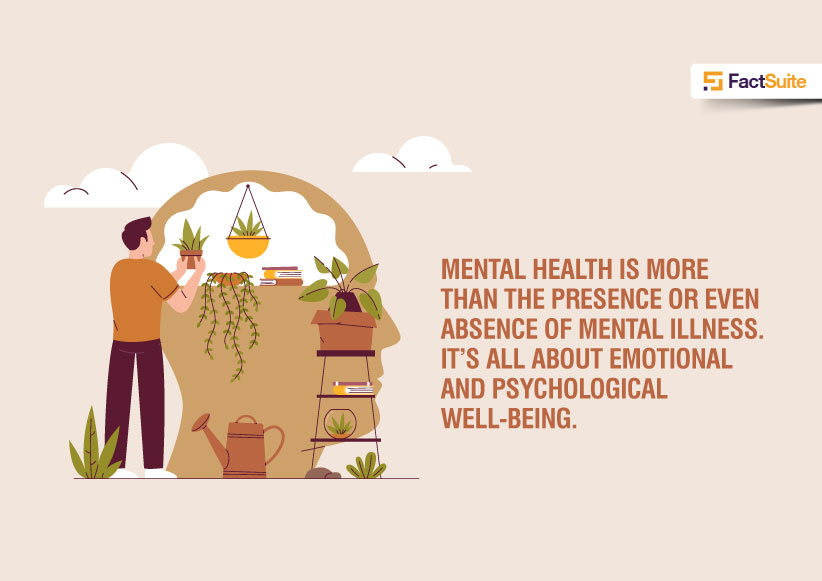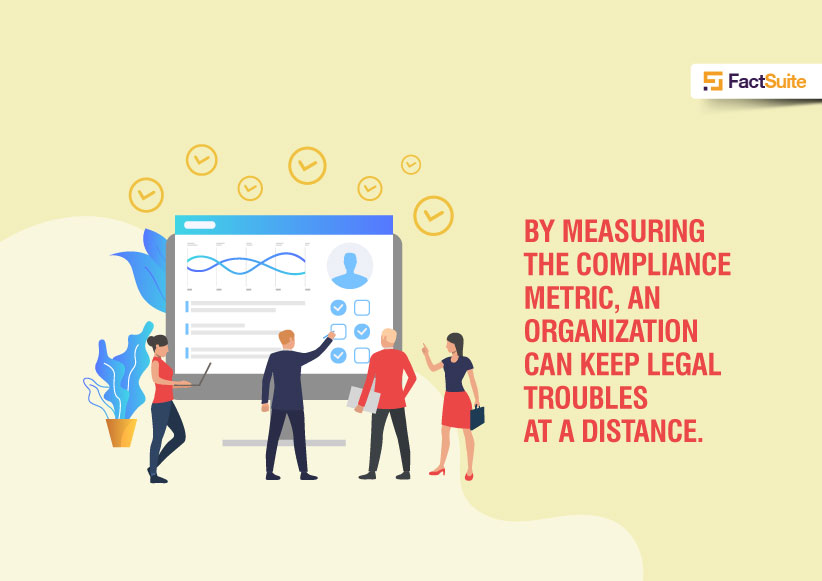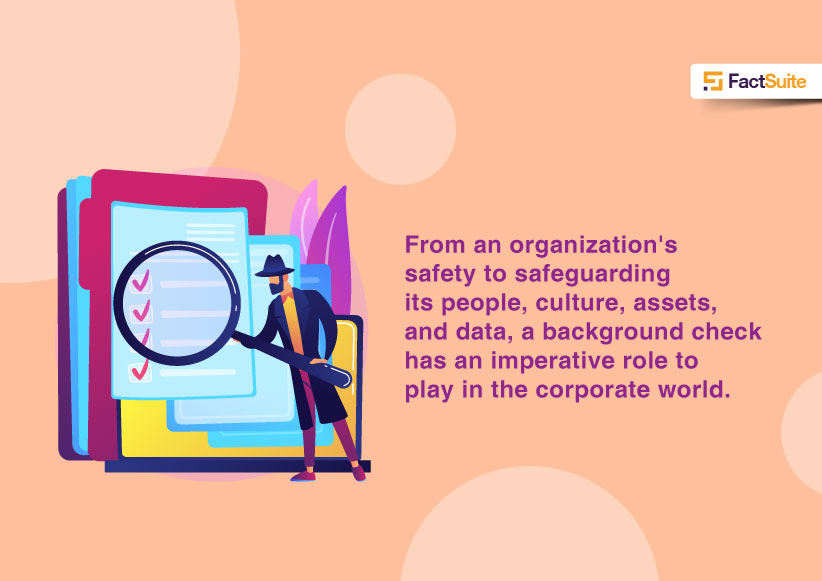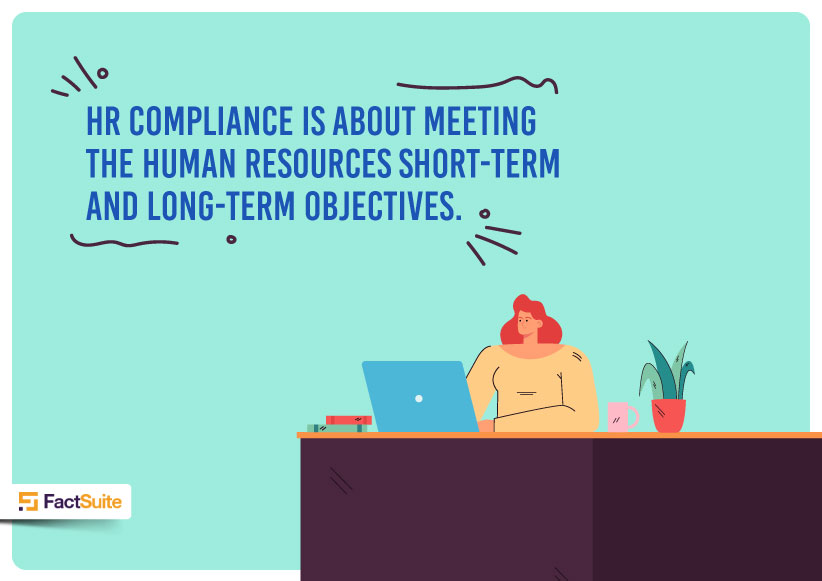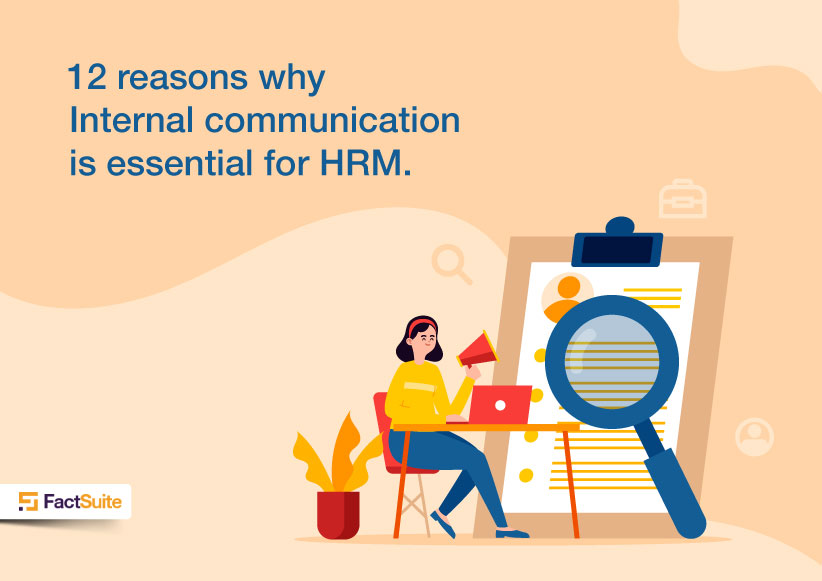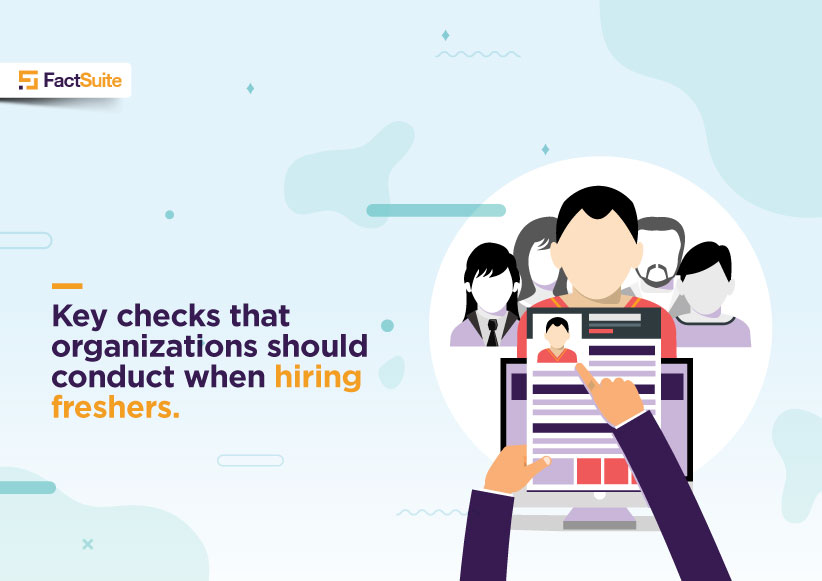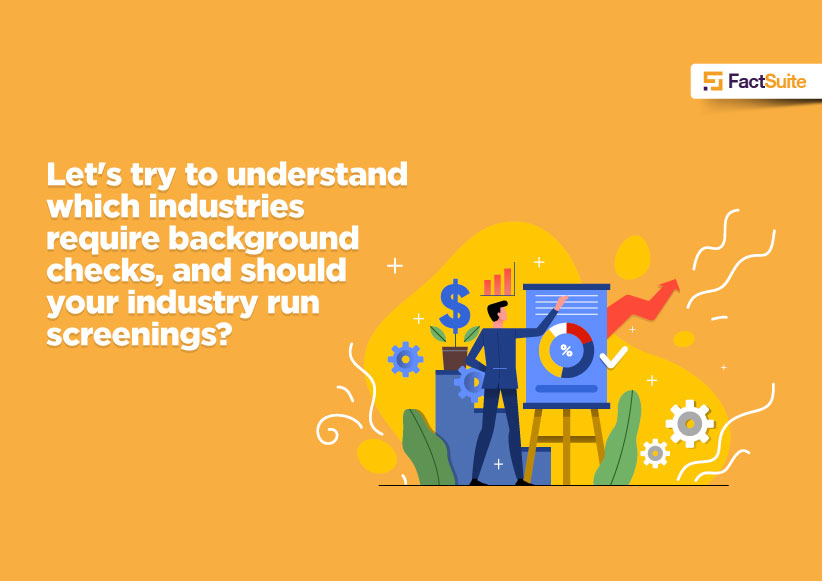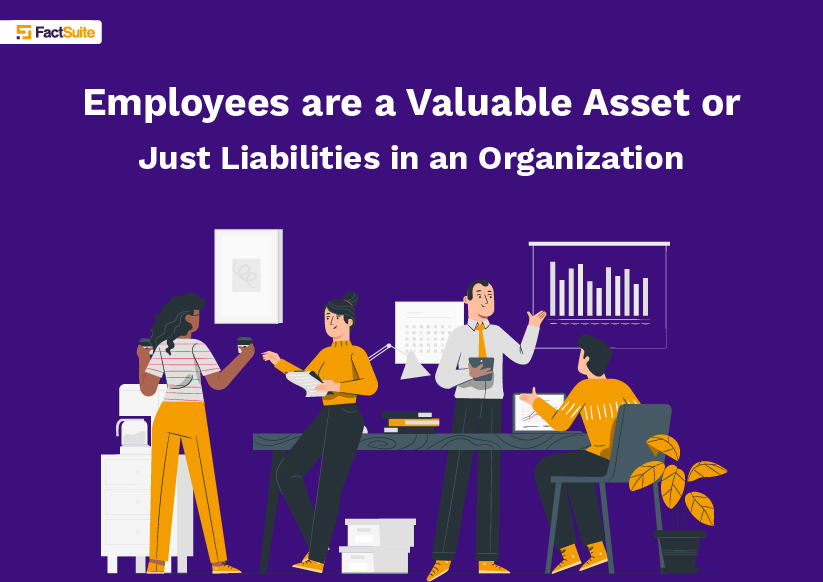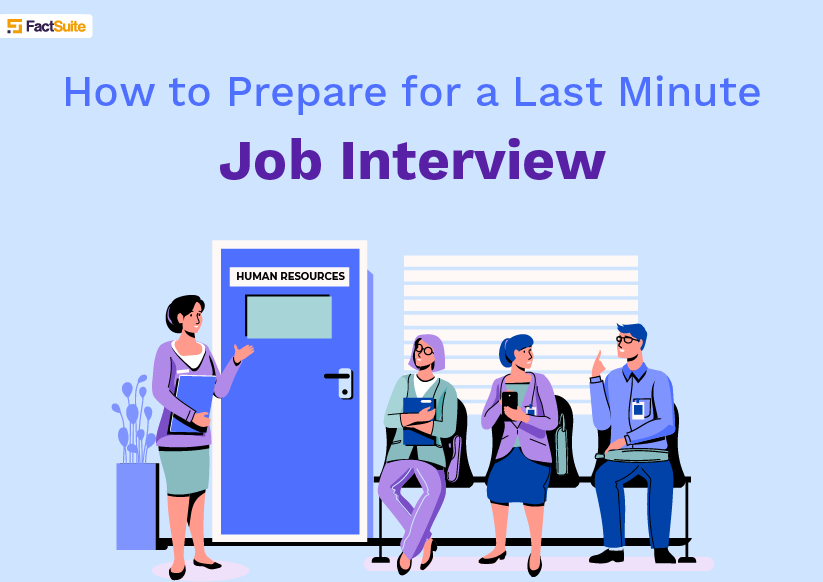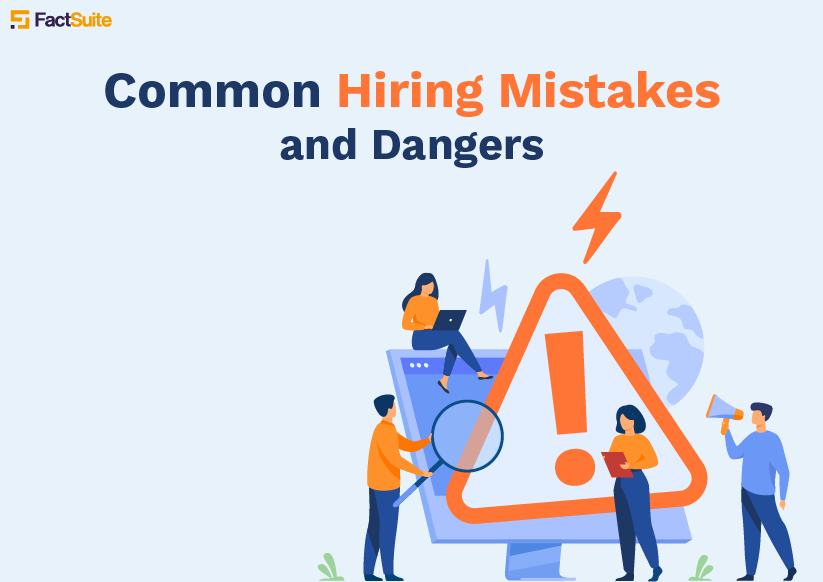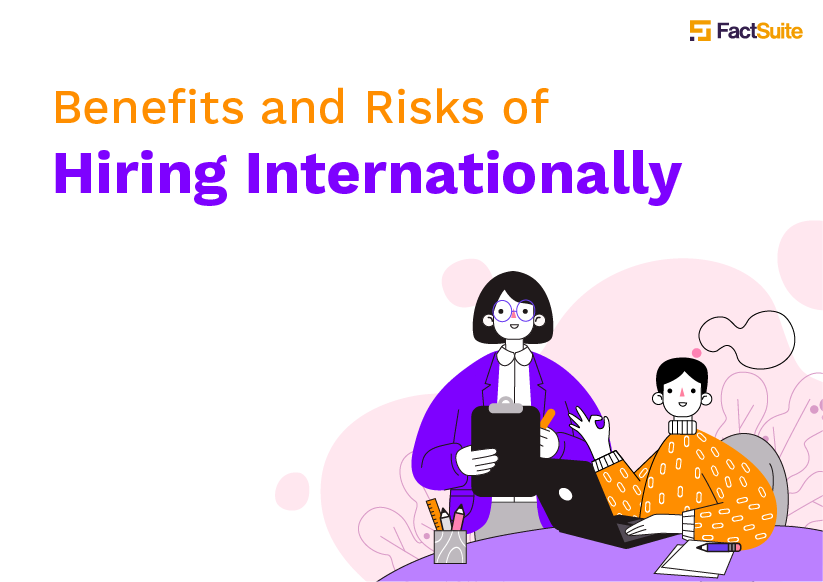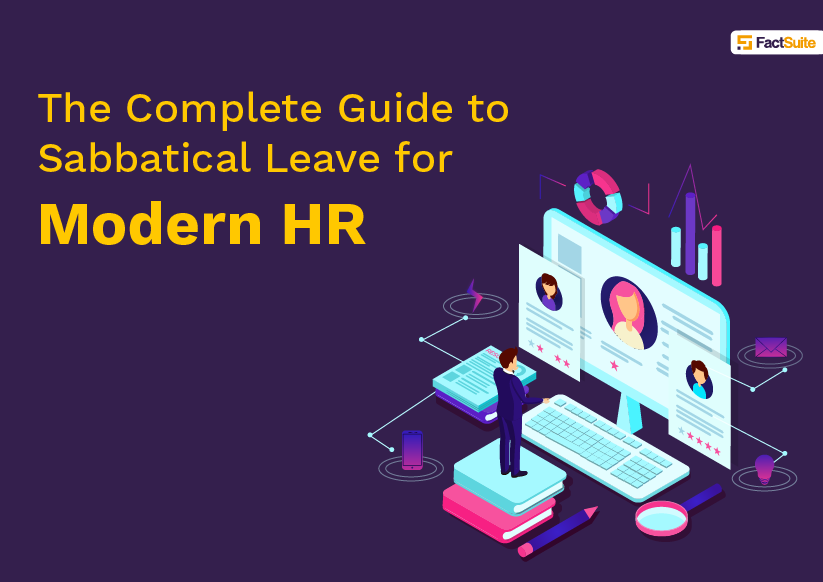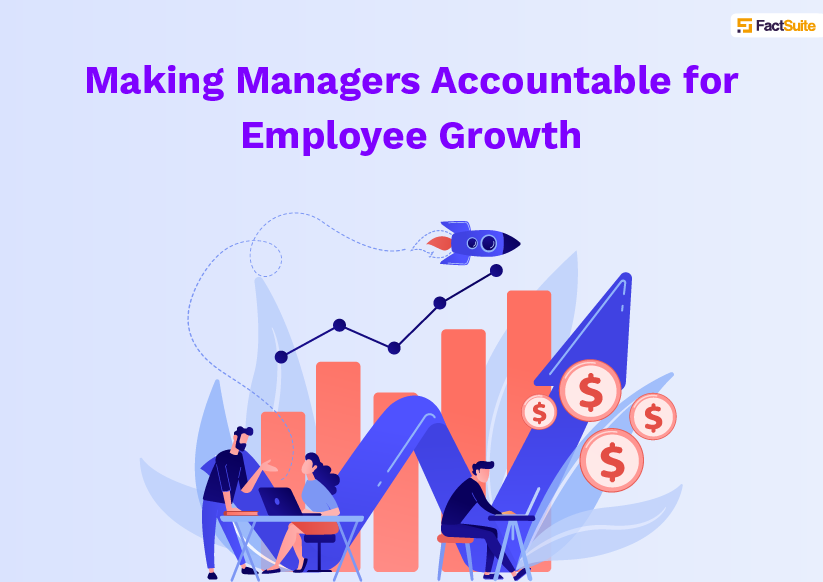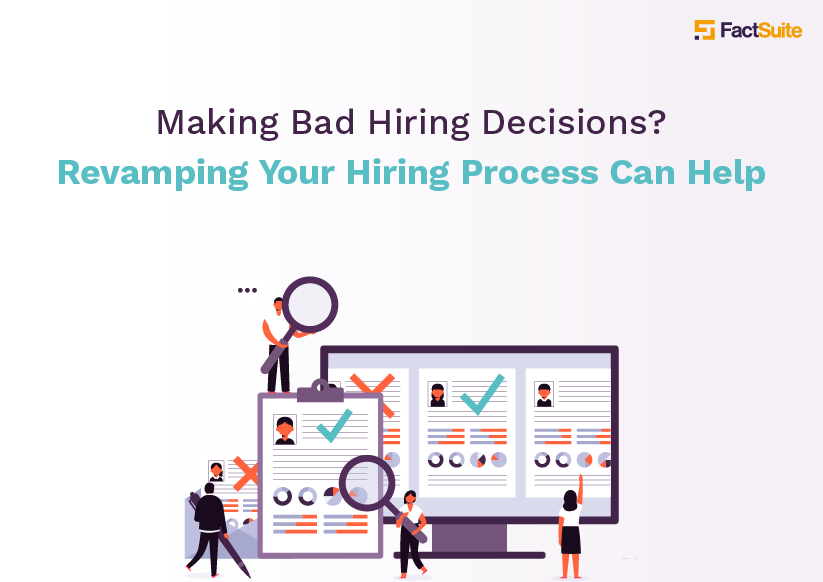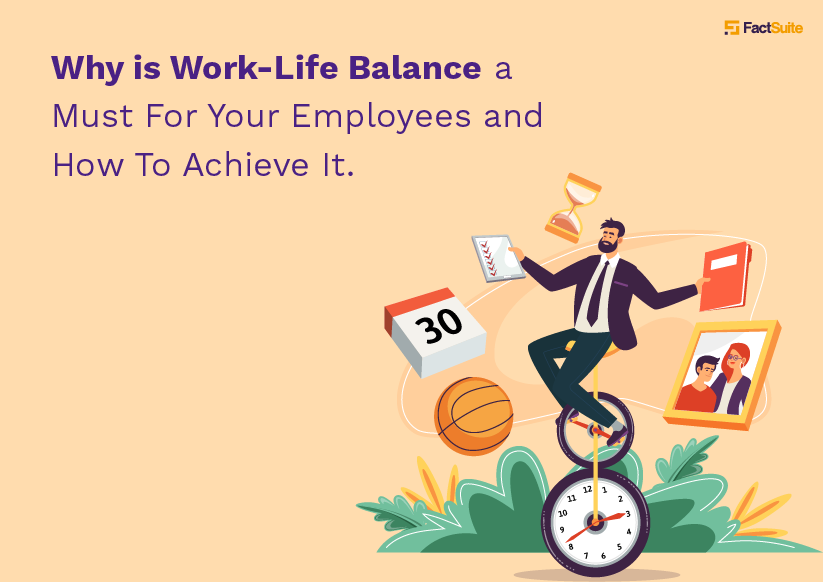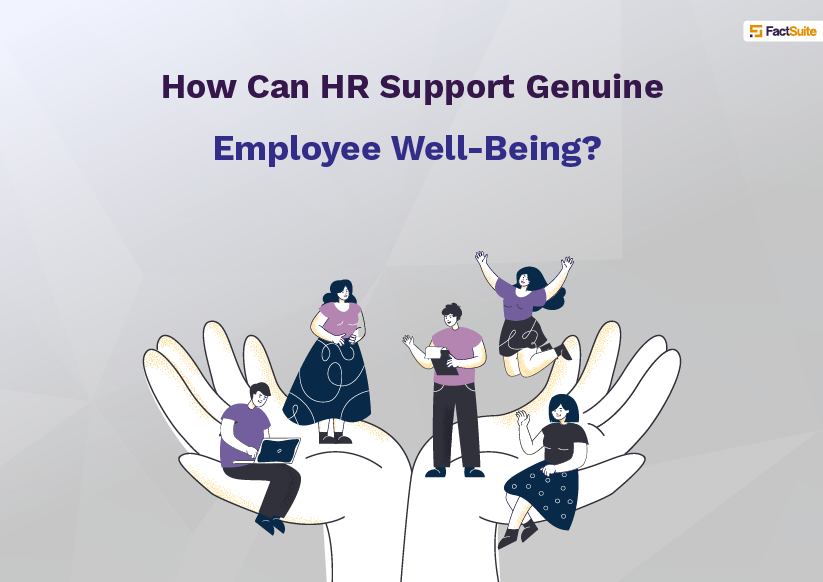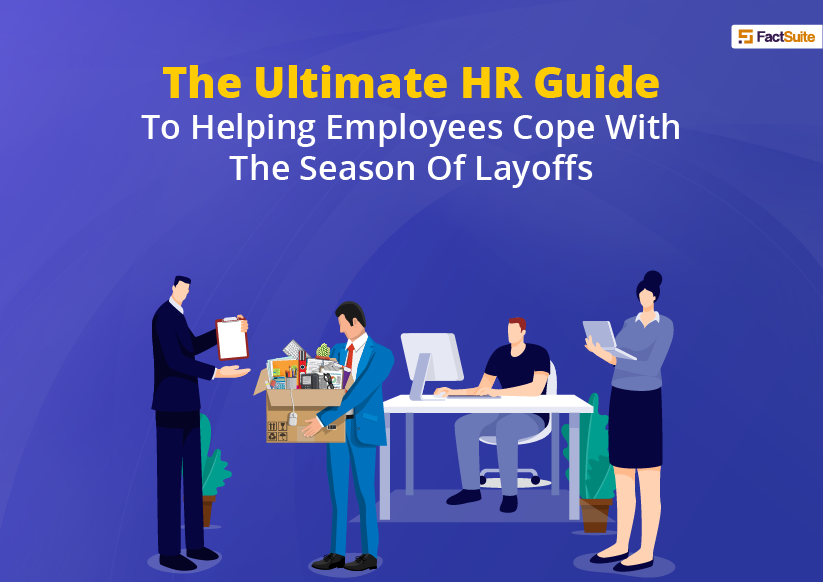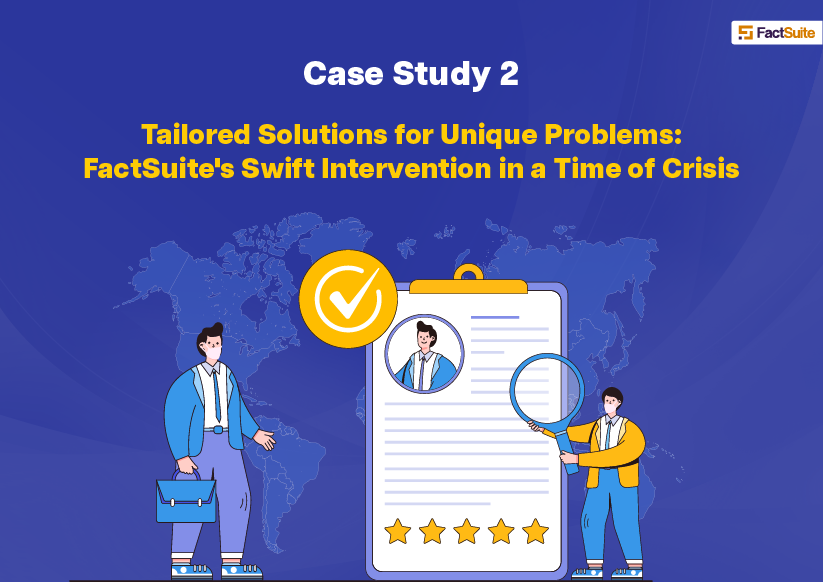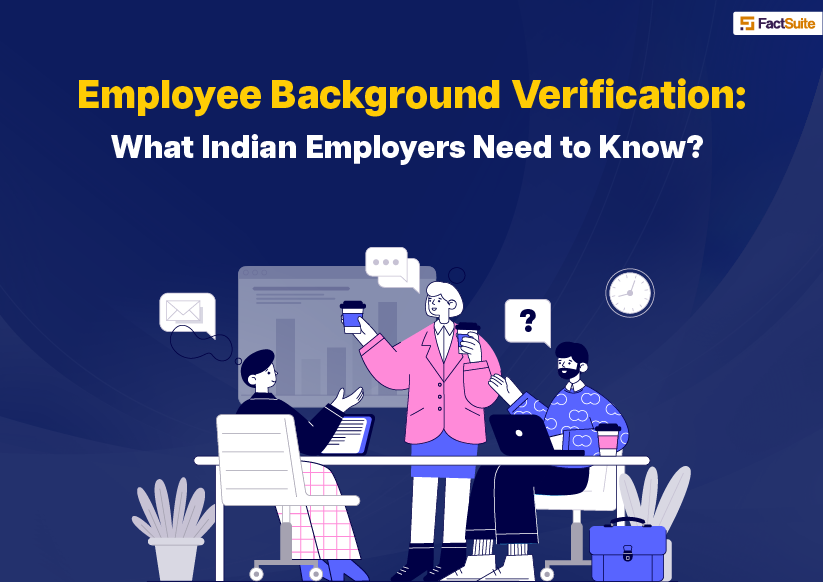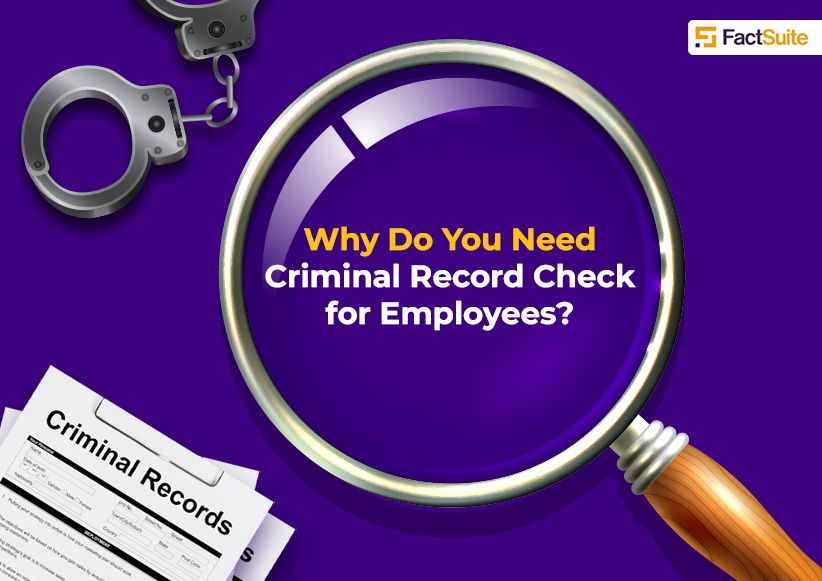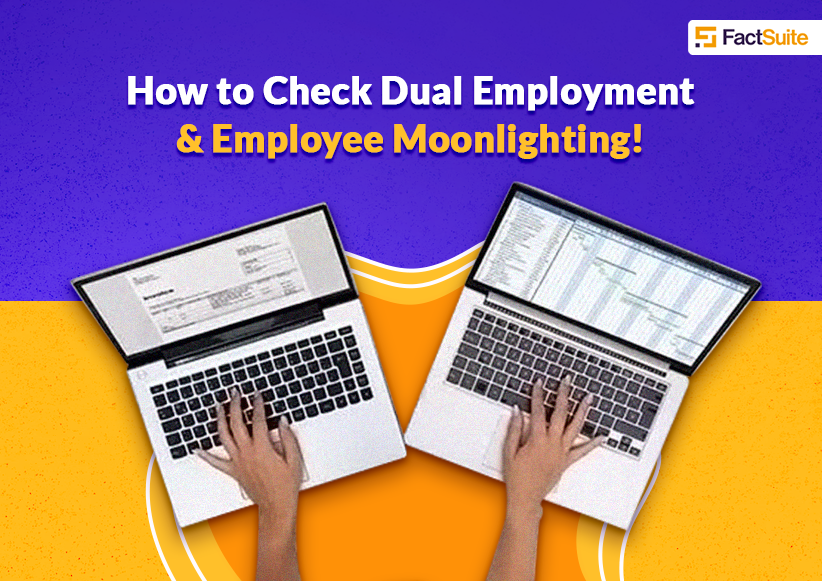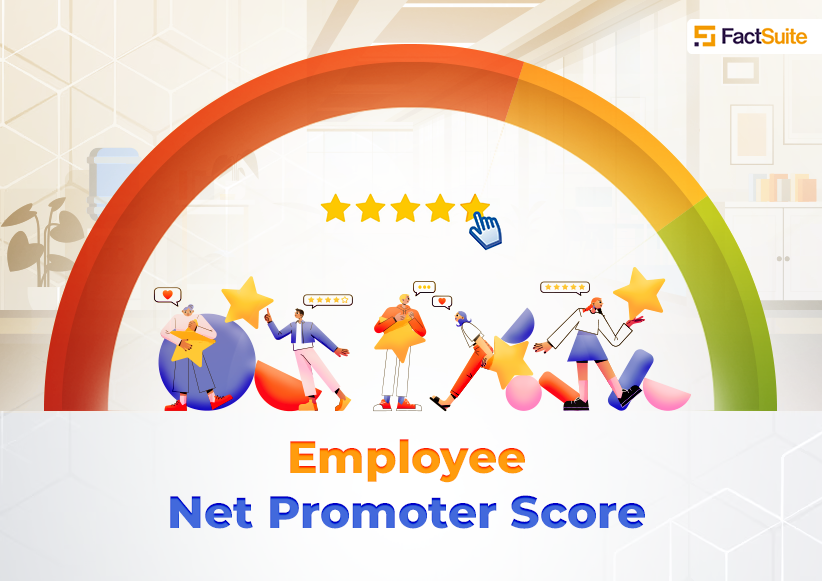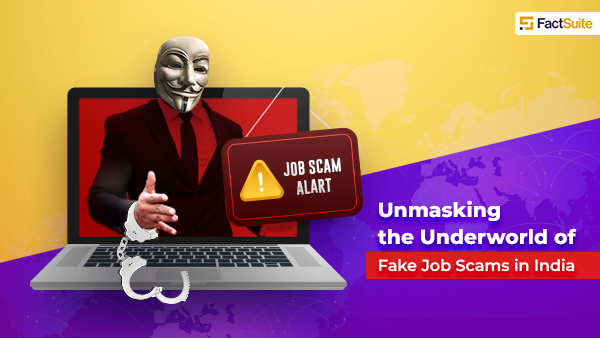Managing Employee Burnout in the Workplace- A Guide for HRs
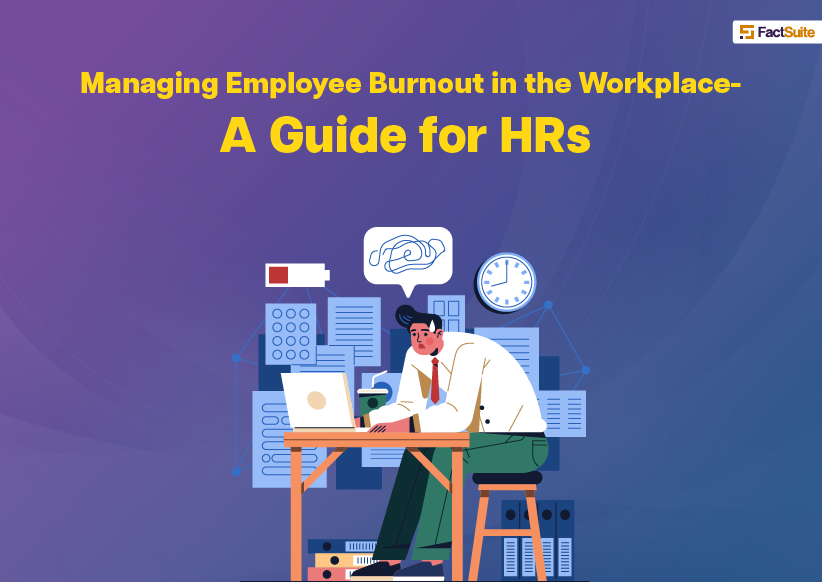
No matter how strategically an HR handles the team, chances are- there is an employee who fighting to keep up with life. They have always been active but recently trying hard to stay afloat. Burnout can be a reason behind it.
Gallup found that 23% of workers experience burnout regularly, with a further 44% experiencing burnout occasionally. Because of this, businesses are beginning to understand that it can decrease productivity, retention, and healthcare costs.
Employee burnout forces countless numbers of employees to leave their job every year. Use this guide to spot signs of employee burnout, support your employees suffering from it, and prevent it from happening.
Identifying Burnout in Employees
The World Health Organisation WHO describes burnout as a "state of exhaustion." Undoubtedly that does not sum up what burnout can look like. There is no rule of thumb, and an employee hardly opens up about that. But there are some signs-
-
Change in behaviour
-
Low motivation or energy
-
Unable to focus
-
Easily upset
-
Frequently physically sick
-
Disengagement with others
-
Cynicism toward people and their job
-
Decreased productivity
-
Difficulty handling the daily workload
Causes of Burnout
Treating or preventing employee burnout at work is the root of the cause. Here are some of the most common reasons-
Toxic Work Culture
When employees have no freedom to share their opinion, people are unwelcoming and they feel often gaslighted such work culture is toxic. Such negative strategies in the workplace drain morale and increase tension at work. It further leads to burnout. No reward or recognition
Employees' work and motivation suffer; eventually, they burn out when they believe they are being mistreated. This cause the employees to “ quiet quitting”.
Limited Scope for Growth
Companies often need to remember the promises they made while recruiting. The employee soon outgrows their role, and the lack of growth opportunities makes them frustrated and burned out.
Poor Communication Channel
In work-from-home scenarios, employees don't know each other. Communicating with fellow team members makes the employees feel more connected with the work.
Unrealistic Expectation
A lack of clarity in the job description might lead to stress and anxiety on the part of the employee.
Lack of Autonomy
Staff morale and engagement take a severe hit when employees need to be given meaningful agency over their job.
Strategies for Preventing Burnout
Create a Warm and Welcoming Atmosphere
A friendly work environment encourages employees to contribute ideas and take pleasure in their decisions. It helps them understand the company and its ambitions.
Set Career Objectives
Employees' lack of career development opportunities is one of the top five stresses at work, as reported by SHRM. Encouraging employees to upskill can help them adapt to a changing industry and advance within and outside the company.
Make an Effort to Be More Communicative
When communication is poor, employees may get anxious due to the lack of clarity. HR should make it a habit to keep lines of communication open so that staff always know what's going on, what to expect, and how they measure up against targets.
Encourage Employee Opinions
If HRs are receptive, employees can share their opinions. Hrs should constantly poll their teams for insights about maximising output, distributing work fairly, collaborating effectively, and finishing projects on time.
Hybrid Workplace
McKinsey's research shows that hybrid work increases productivity for 58% of workers. Employees can spend time with family in a hybrid workplace and better unwind from the work blues.
Apply Uniform Standards of Fairness
When treating employees, managers should be consistent since they don't want a bad reputation among their staff.
Employee Wellbeing Program
Employee wellness initiatives boost employee health and support employees with specific health issues. The company can give mandatory training, staff seminars, or wellness programs through a third party.
Intervening with Burned Out Employees
Preventing burnout is not enough. Here is how to deal with the affected employees-
Time to Recover
Anyone may go into overdrive and perform well above their standard capabilities. Be aware of those who may have worked too hard and need a break.
Foster Time Off For Vacation
When coping with employee burnout, many require time off. Propose that everyone on staff take a day off once a month to recharge and tend to personal matters.
Promote Relaxation Techniques
Supporting employees to deal with stress will motivate and reduce stress. Let them listen to music, wear casual clothing, telecommute, and adjust their schedules if they like.
Conclusion
Employees in India reported significant rates of burnout and distress symptoms, according to a survey in 2022. In USA alone, over $500 million is lost annually due to stress in the workplace. HR should address and mitigate burnout. Since burnout employees never perform well, it will save money and boost organizational growth.
